3 DAY APRIL SUPER SALE … Don’t Miss Out
-
Sale!

Bike Floor Parking Rack | Multiple Bike Floor Stand | Garage Bike Rack Floor
$89 – $129 -
Sale!

Bike Wall Rack | Vertical Bike Hanger | Bike Storage
$79 – $99 -
Sale!
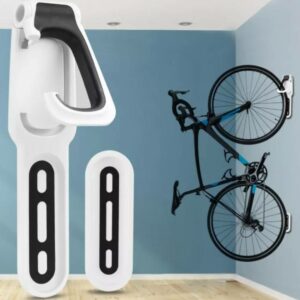
Wall Mounted Bike Storage | Bike Wall Mount
$33 – $125 -
Sale!
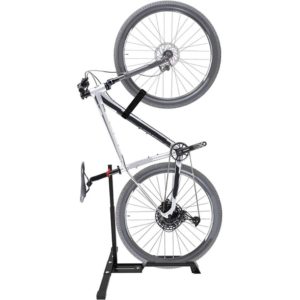
Vertical Bike Rack | Bike Stand | Bicycle Stand
Original price was: $99.$79Current price is: $79. -
Sale!

Bike Repair Stand | Bike Maintenance Stand | Portable Bike Workstand
Original price was: $149.$129Current price is: $129. -
Sale!
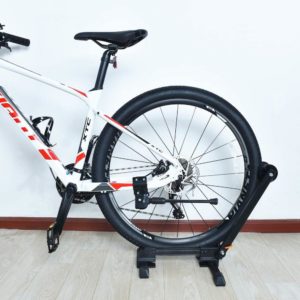
Bike Floor Parking Stand | Bicycle Floor Stand | Bike Rack
Original price was: $99.$69Current price is: $69. -
Sale!

Bike Trainer Stand | Stationary Bike Stand | Bike Practice Stand
Original price was: $129.$99Current price is: $99. -
Sale!

Bike Multi Tool | Bike Multifunction Tool | Bicycle Portable Tool Kit
Original price was: $49.$39Current price is: $39. -
Sale!
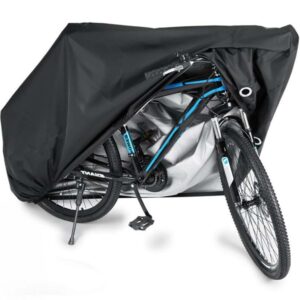
Waterproof Bike Cover | Bicycle Cover | Bike Rain Cover
Original price was: $59.$39Current price is: $39. -
Sale!
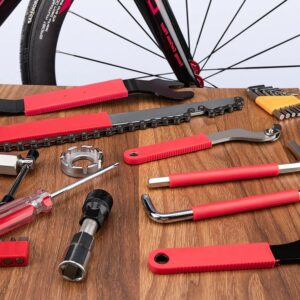
Bike Repair Tool Kit | Bicycle Maintenance Tools | Bike Tools
Original price was: $89.$69Current price is: $69. -
Sale!
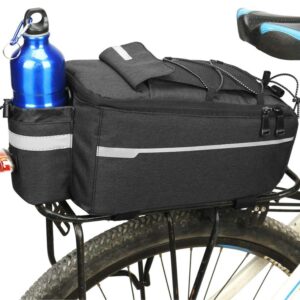
Bike Bag | Bicycle Pannier | Cycle Panniers
Original price was: $69.$49Current price is: $49. -
Sale!

Trunk Mounted Bike Rack | Car Bike Rack | Bike Rack for Vehicle
$69 – $99 -
Sale!

Bike Tent | Bicycle Storage Shed | Portable Tent Cover For Bikes
Original price was: $159.$129Current price is: $129. -
Sale!
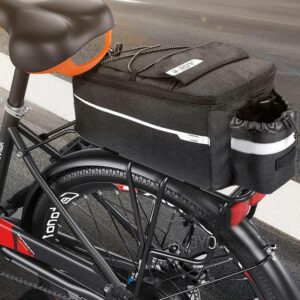
Bike Saddle Bags | Cycling Rucksack | Bike Saddle Pack
Original price was: $69.$49Current price is: $49. -
Sale!
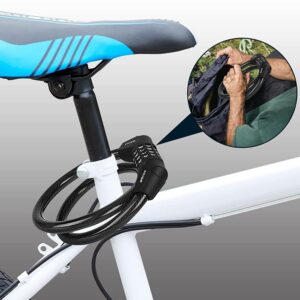
Bike Lock Cable | Combination Bicycle Lock | Cable Lock
Original price was: $29.$19Current price is: $19. -
Sale!

Bike Repair Bench Mount | Bike Workbench Clamp | Bicycle Repair Wall Mount
Original price was: $99.$79Current price is: $79. -
Sale!
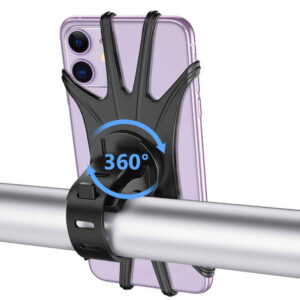
Universal Bike Phone Mount on SALE NOW (only while stocks last)
Original price was: $29.$19Current price is: $19.
Best Bike Racks When Shopping Online
There are actually 2 styles of “bike stand”.
Bike Storage Stand
One is simply used for bicycle storage. The other holds your bike to make repairs and maintenance much easier. And they’re both very different…
Bike Repair Stand
Bike repair stands lift both wheels high off the ground and need to to be really stable so you can work on your bike without it falling over. This gives them a big footprint, which isn’t ideal if you’re just after a storage solution.
Bike storage racks usually keep the bike on the ground and aren’t super stable, neither of which are good if you want to work on your ride!
Bike Vehicle Rack
The 3rd type of bike rack is for your vehicle
Thule bike racks are expertly designed to make it safe and easy to transport your bike. Whether you have a passion for road cycling or family bike vacations – a bike rack for every cyclist.
When purchasing your next bike rack, it is important to know the various ways to transport your bike(s) on your vehicle, the features and benefits of specific rack models, as well as knowing the capacity and limitations of certain styles and vehicle placements.
Most cyclists are looking for the rack style that will be the easiest and most convenient to use, while also keeping their bike safe, secure and ready to ride when unloading at your destination.
This websites sells bike repair stands, bike storage stands and bike vehicle racks.
How to choose the the right bike stand for you
So now we’ve got that cleared up, how do you choose the best bike repair stand for you?
Well, if you think about how you’re going to use the repair stand, which is the one for you should become much clearer!
I go over all the things you need to consider below, and then I recommend some of the best (and worst) repair stands I’ve come across at the end of the article.
There’s also a table where you can compare the specs of different bike stands.
How much should I pay?
If you’ve never looked at bike repair stands before, then the first thing that might surprise you are the prices. They’re expensive!
The minimum you can expect to pay for something decent is around $100 / £80.
Yes, you’ll be able to find cheaper repair stands, but the build quality will be poor and you’ll end up regretting it and/or buying a replacement.
Prices can also go up to over $600 / £570! But unless your job is actually repairing bicycles you don’t need to spend that much. You don’t even have to spend that much if your job is repairing bicycles to be honest…
Weekend vs Daily Mechanics
Which type of repair stand you choose and how much you spend, will very much depend on how you’re going to use it. So let’s look at that first.
I’m going to divide those looking for a bike repair stand into two distinct groups: weekend and daily mechanics.
A weekend mechanic will want to do basic maintenance and repairs (usually at the weekend, because they’re busy doing other things in the week!). So, maybe cleaning, lubing, brake and gear adjustments etc. And probably limited to one or two different bikes.
Weekend mechanic set up
Are you a weekend mechanic?
Daily mechanic set up
Or a daily mechanic?
A daily mechanic might repair or build bikes for a living. Or maybe they have a full time hobby that necessitates fixing bikes daily. And a daily mechanic might need to work on lots of different bikes!
If you’re working on lots of different bikes, on a daily basis, you need the absolute maximum in stability, durability and ease of use. And you should be prepared to pay extra for that.
If you’re only working on a couple of different bikes, at the weekends, then there is a compromise to be found between those things and the price!
Clamps vs Mounts
Now there are also two types of bike repair stands. And the difference between them is the way they grip your bike.
The first uses a clamp to grip either (and ideally) the seatpost or the top tube (crossbar). These are by far the most common bike stands. And they’re also the easiest to use. Just lift your bike up and into the clamp, tighten and you’re good to go!
Clamps
Compatible with every type of bike
Can attach bike in multiple places
Don’t need to remove any wheels
Overtightened grips might damage carbon frames
Mounted bike repair stand
Bike Stand that Mounts the Bike
Mounts
Slightly more stable
Easier to work on both sides of bike
Much less flexible
Much longer to prepare bike for work
Not compatible with some types of bike
With the second type of repair stand, you remove one wheel and then mount the frame on top of the stand, which attaches to your axle, and bottom bracket. These type of stands give you more stability and you can spin them around, to work on the other side of the bike without unmounting and remounting.
But despite the extra stability, there’s a good reason that the clamping repair stands are more popular with professional, as well as casual bike mechanics: they’re much more practical.
They’re compatible with every type of bike. You have multiple places you can attach your bike. And you don’t have to keep taking your wheel on and off every time you want to test your work!
Unless there’s a very specific reason to not go with a clamping repair stand (some people worry about the clamps damaging their carbon fibre frames), they should be the default choice for both casual and more serious mechanics.
Sliding Clamps vs Claw Clamps
The clamp is the only part of the stand that comes into contact with your bike. It’s also the thing that you’ll interact with most, as you mount and unmount your ride. So it’s got to work really well.
It should be quick and painless to get around your frame, tighten, loosen and get it off again. And you obviously don’t want it to damage your bike! So it should be easy to make micro adjustments too.
And there are are broadly two styles of clamp. There are the sliding clamps that come with the Topeak and Feedback stands. And then there are the claw like clamps that come with most other bike stands.
I much prefer the sliding clamps as I find them much easier to use. You get more space in which to insert the frame, they close easier and the tightening knob is much more accessible.
Floor Standing vs Workbench Repair Stands
Most bike stands sit on the floor. However, some of them can be mounted on a workbench or a wall. One advantage of this is they obviously take up less space. Plus they’re usually more stable and much cheaper too!
But of course you’ve got to have a workbench or suitable wall to mount them on. And they will be permanently fixed there: you won’t be able to move them around your work space! Which brings me to…
Do you need a portable repair stand?
Some bike stands can be fixed to the floor for extra stability. And as discussed, there are some that attach to your workbench or wall.
But most stands are portable. This means that not only can you move them around your floor space, you can also fold them up and take them somewhere else entirely!
This kind of portability is really handy if you want to work on your bike at race meets, between mountain trail rides or basically anywhere you’re out and about and using your bike.
And whereas all of them pretty much fold down into carry-able packages, some are less compact and heavier than others.
Although the differences are minimal, if that’s important to you: pay attention to size and weight!
Two vs Three Legged Bike Stands
A bike repair stand has got to be stable! Otherwise it could fall over while you’re using it and your bike could be badly damaged.
The stability of a repair stand will depend on it’s footprint, it’s height, how heavy your bike is, and very importantly: how you’ve attached the bike to the stand.
If you don’t take care to get the centre of gravity right when you’re clamping your bike into the stand, it doesn’t matter how stable the stand is, your bike won’t be, and it could well topple over.
So there is some user responsibility here.
But they will all come with either two or three legs. Three legs will be more stable. But they take up more room and you won’t be able to get them as close to walls.
2 Legs
Take up less floor space
Less stable
Three legged stand
3 legs: uses more floor space but also more stable
3 Legs
More stable
Take up more floor space
Weight Limits
Pay attention to the weight capacity of different repair stands too. E-bikes, cruisers and some city bikes can be really heavy.
And there’s a lot of variation in the weight limits of different stands. So make sure the stand you choose can accommodate the weight of your bike.
Some bike stands are specifically designed for heavier bikes and we’ll look at them later.
Height Adjustments
Most, (but not all) repair stands can be made taller or shorter. This is important if you are very tall (but less so if you’re particularly small!).
And there can be quite a bit of variability in the maximum and minimum heights so that’s another thing to look for.
You’re only likely to be adjusting the height a lot, if lot’s of different people are using the stand or you repair lots of different sized bikes. But if that’s the case you need easy to use, quick release clamps to make that as speedy and painless as possible.
